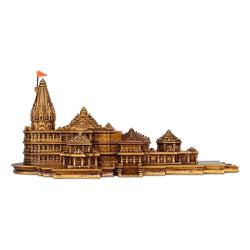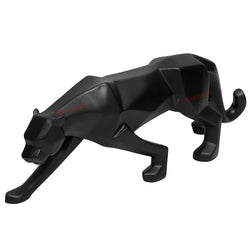When we think of sustainable living, bamboo, jute, and recycled wood often come to mind. But today, innovation in eco-friendly materials is going beyond the familiar. Designers, artisans, and innovators are experimenting with new resources, sometimes grown, sometimes repurposed, that redefine how we think about everyday products. These materials are not just alternatives; they’re paving the way for a greener, smarter future.
1. Banana Fiber – Waste to Wonder
Banana plants bear fruit only once, after which their stems are often discarded as agricultural waste. Now, artisans are transforming these fibers into strong, flexible, and biodegradable products like pouches, baskets, and even furniture accents. Banana fiber is lightweight yet durable, making it a natural replacement for synthetic fabrics and plastics.
Taragram Pick: Banana Fiber Coin Pouches and Desk Organizers — rustic, elegant, and waste-free.
2. Cork – A Renewable Marvel
Harvested from the bark of cork oak trees without harming them, cork is soft, lightweight, and water-resistant. Once used mostly for wine bottles, it’s now reimagined in fashion, flooring, stationery, and even planters. The best part? Cork naturally regenerates, making it one of the most renewable resources available. Picture Credit- Inhabitat
Picture Credit- Inhabitat
3. Piñatex – Pineapple Leaf Leather
Leather made without animals? Yes, and it comes from pineapple leaves—an agricultural by-product often burned as waste. Piñatex is durable, flexible, and looks strikingly similar to leather, but with none of the environmental downsides. It’s already making its way into bags, shoes, and accessories.
Picture Credit - Wikipedia
4. Hempcrete – The Future of Construction
A blend of hemp fibers, lime, and water, Hempcrete is a lightweight, insulating material that could replace concrete in the future. It absorbs CO₂ during curing, making it carbon-negative. Beyond buildings, hemp-based composites are also showing up in furniture and interior design.
Picture credit- Ensia
5. Recycled Metal with Modern Finishes
Unlike single-use plastics, metal can be recycled endlessly without losing quality. The newest trend lies in eco-friendly finishes, powder coating, electroplating, and traditional meenakari enameling, which add durability and charm. These techniques allow recycled metal planters, trays, and décor items to look fresh, contemporary, and long-lasting.
6. Mycelium – Design Grown from Fungi
Mycelium, the root structure of mushrooms, is being cultivated into packaging, furniture, and even leather-like fabrics. It grows quickly, requires little energy, and is 100% compostable. Mycelium-based design is still niche but is expected to transform industries from packaging to interiors in the coming decade.
Picture credit: Certified Energy
Why These Materials Matter
Each of these eco-friendly materials reflects a bigger shift: using what already exists, what regenerates naturally, or what was once considered “waste.” They minimize dependence on plastics, reduce landfill loads, and open new opportunities for artisans and innovators alike.
At Taragram, we’ve been working with banana fiber, recycled metals, and handloom innovations to bring these sustainable materials into homes across India. Our goal is simple: to make sustainability accessible, beautiful, and part of your everyday lifestyle.
Sustainably yours, since 1985.






